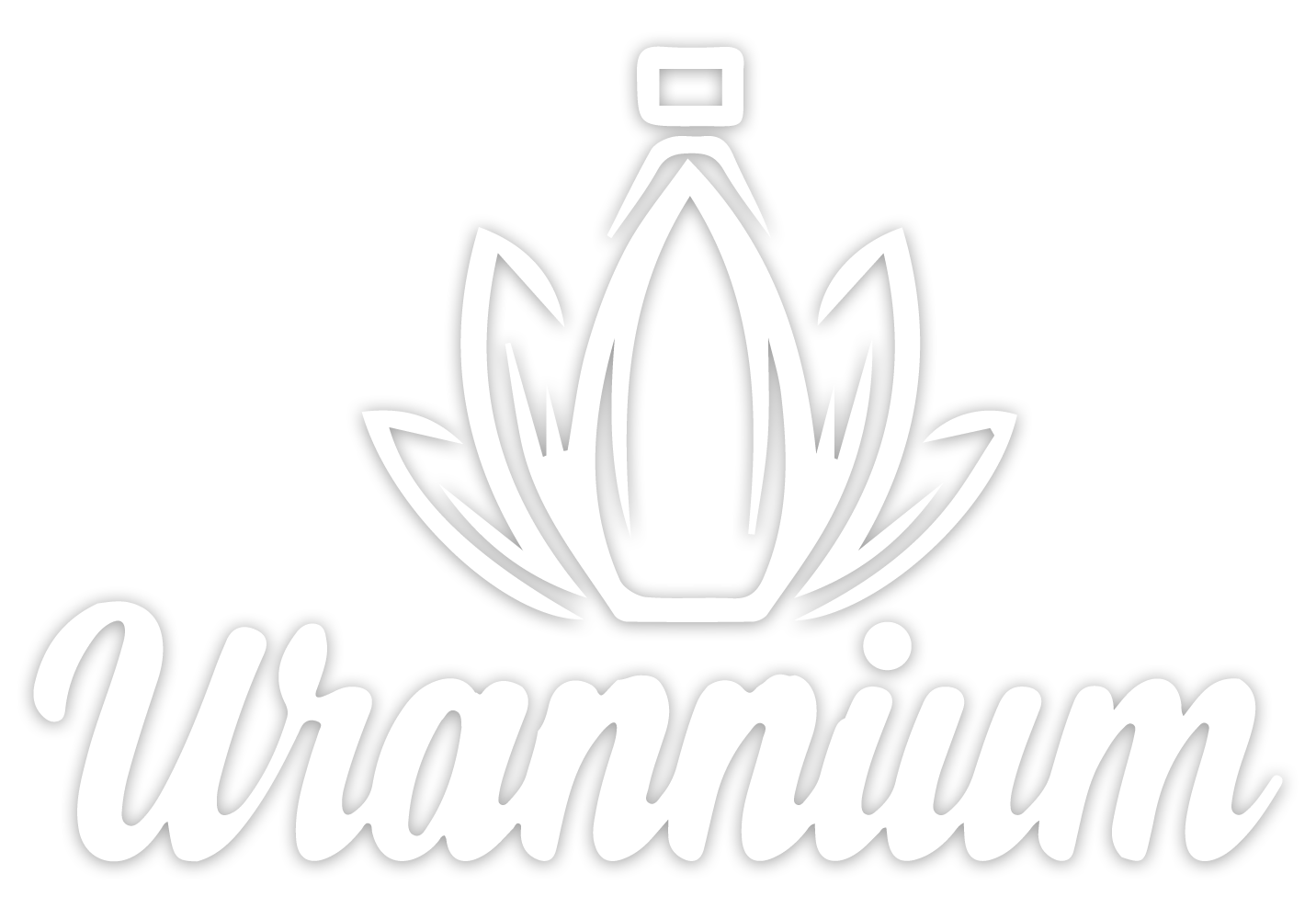Properties and Uses of Uranium
Uranium, with the atomic number 92, is a dense, heavy metal found naturally in the Earth’s crust. It is notable for its high atomic mass; uranium’s most abundant isotope, uranium-238, has an atomic mass of approximately 238 atomic mass units (amu). Another significant isotope, uranium-235, plays a crucial role in various applications due to its fissile properties. Uranium’s melting point is around 1132°C (2070°F), and it has a density of 18.95 grams per cubic centimeter, making it denser than lead.
Uranium’s isotopes are central to its utility. Uranium-235, which makes up about 0.7% of natural uranium, is highly valued for its ability to sustain a nuclear chain reaction. This property is harnessed in nuclear reactors and nuclear weapons. Uranium-238, more abundant at 99.3%, is not fissile but can be converted into plutonium-239, another fissile material, through neutron capture and subsequent beta decay.
In civilian contexts, uranium’s primary use is in nuclear power generation. Nuclear reactors rely on the fission of uranium-235 to produce heat, which is then used to generate electricity. The process of uranium enrichment, which increases the proportion of uranium-235 in a sample, is vital for making nuclear fuel. Enrichment is achieved through methods such as gas centrifugation and gaseous diffusion.
In military applications, enriched uranium is a critical component of nuclear weapons. The ability to rapidly release enormous amounts of energy through fission makes uranium-235 a powerful element in the arsenal of nuclear-armed states. Additionally, depleted uranium, a byproduct of the enrichment process, is used in military armor and ammunition due to its high density and pyrophoric properties.
Beyond power generation and weaponry, uranium has various industrial uses. It is utilized in the production of counterweights for aircraft, radiation shielding in medical and industrial settings, and as a coloring agent in certain types of glass and ceramics. Historically, the discovery of uranium’s radioactive properties by Henri Becquerel in 1896 and its subsequent role in the Manhattan Project during World War II marked significant milestones in its usage.
Environmental Impact and Safety Concerns
Uranium mining and processing pose significant environmental and health challenges. The extraction process often leads to substantial land degradation. Open-pit mining, which is a common method, results in the removal of large quantities of soil and rock, altering the landscape and disrupting ecosystems. Additionally, the use of chemicals in uranium extraction can lead to water contamination. Acid mine drainage, a byproduct of mining activities, can result in highly acidic water that leaches heavy metals into nearby water sources, affecting aquatic life and human populations relying on these water sources.
The management of radioactive waste is another critical environmental concern. The byproducts of uranium mining, known as tailings, contain radioactive elements and toxic chemicals that can persist in the environment for thousands of years. Improper disposal of these tailings can lead to soil contamination and the spread of radioactive materials through wind and water erosion. Ensuring the safe containment of this waste is a continuing challenge for the industry.
Health risks are also significant for workers involved in uranium mining and processing, as well as for communities living near these sites. Workers are exposed to radon gas and radioactive dust, which can lead to lung cancer and other serious health issues. Populations living near uranium mines or nuclear facilities may face increased risks of cancer and other health problems due to exposure to radioactive materials and industrial pollutants.
To mitigate these risks, stringent safety protocols and regulatory measures have been implemented. These include regular monitoring of radiation levels, provision of protective equipment for workers, and strict guidelines for the disposal and management of radioactive waste. Regulatory bodies such as the International Atomic Energy Agency (IAEA) and national agencies enforce these standards to ensure the safety of both workers and the environment.
Long-term environmental concerns related to uranium include the persistence of radioactive waste and the potential for nuclear accidents. The Fukushima Daiichi nuclear disaster in 2011 highlighted the catastrophic potential of such incidents. The event resulted in significant radioactive contamination, leading to long-term ecological and health impacts. This case, among others, underscores the importance of robust safety measures and continuous monitoring to prevent and mitigate the consequences of nuclear accidents.
